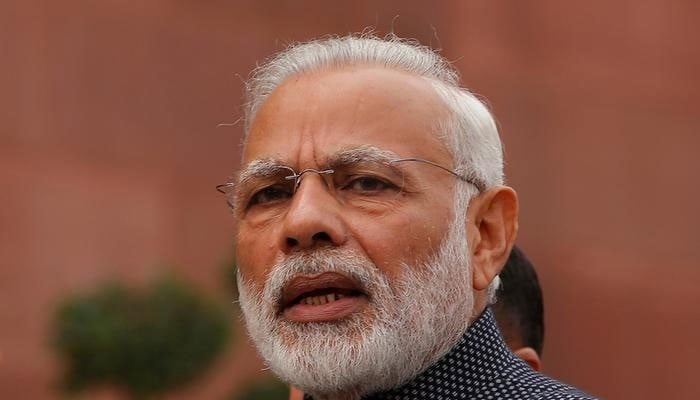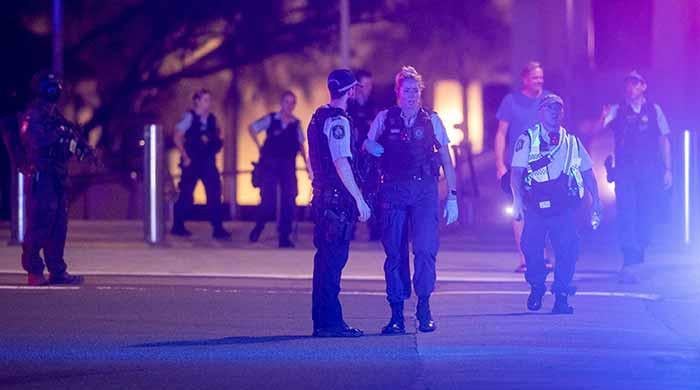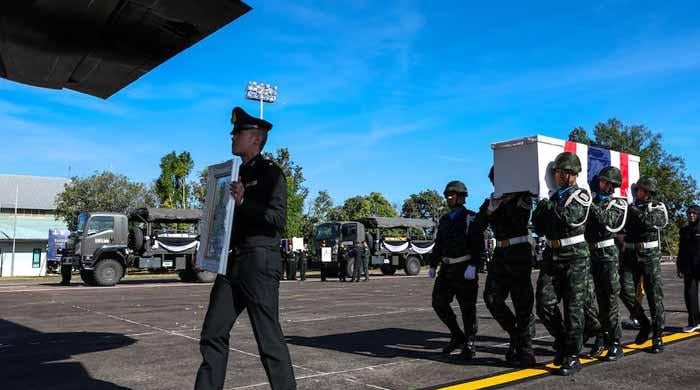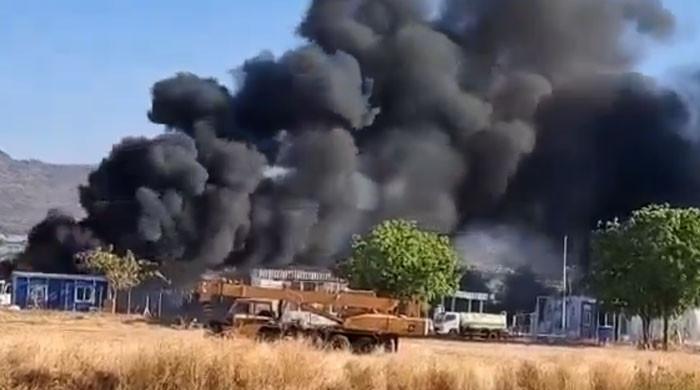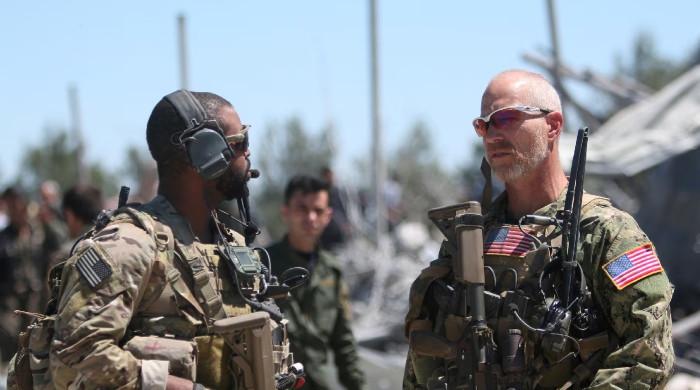India’s defeat in aerial dogfight with Pakistan exposed its ‘vintage’ military: NYT
68 percent of Indian army’s equipment is so old, it is officially considered ‘vintage’: New York Times report
March 04, 2019
India’s defeat to the Pakistan Air Force in last week’s aerial dogfight has exposed its “vintage” military, a New York Times report published on Sunday said.
“The aerial clash, the first by the South Asian rivals in nearly five decades, was a rare test for the Indian military — and it left observers a bit dumbfounded. While the challenges faced by the India’s armed forces are no secret, its loss of a plane last week to a country whose military is about half the size and receives a quarter of the funding was still telling,” NYT’s South Asian correspondent Maria Abi-Habib wrote, referring to the shooting down of India's Soviet-supplied MiG-21 by the Pakistan Air Force in a dogfight inside Pakistani territory on Wednesday.
India’s armed forces are in alarming shape, with 68 percent of the army’s equipment so old it is officially considered “vintage”. If intense warfare broke out tomorrow, India could supply its troops with only 10 days of ammunition, according to government estimates, the report said.
“Our troops lack modern equipment, but they have to conduct 21st-century military operations,” Gaurav Gogoi, an Indian lawmaker and member of the Parliamentary Standing Committee on Defence, was quoted as saying by the newspaper.
The American military began prioritising its alliance with India as its close relationship with Pakistan soured over the last two decades, the report pointed out, adding that the “American officials tasked with strengthening the alliance [with India] talk about their mission with frustration: a swollen bureaucracy makes arms sales and joint training exercises cumbersome; Indian forces are vastly underfunded; and the country’s navy, army and air force tend to compete rather than work together.”
For India’s military, funding remains the biggest challenge, the report noted.
“In 2018, India announced a military budget of some $45 billion. By comparison, China’s military budget that year was $175 billion. Last month, Delhi announced another $45 billion budget.
“It is not just a question of how much India spends on its military, but how it spends it. The majority of the money goes to salaries for its 1.2 million active duty troops, as well as pensions. Only $14 billion will be used to buy new hardware.
“Cutting troop levels so that the military can spend the money on buying modern equipment is not so simple. India’s military has long been a source of jobs for a country struggling with chronic underemployment. That is likely to be a big issue in elections scheduled for later this spring,” the newspaper pointed out.
“Government officials in New Delhi say they are struggling to improve the lives of their citizens in the most basic of ways — dealing with high illiteracy rates and poor sanitation infrastructure, as just two examples — making it hard to funnel more money toward the military at a time when China is making incursions into India’s backyard by land and sea…
“As the world’s conflicts are increasingly fought with state-of-the-art weaponry rather than the large invading armies of the past, India is falling behind. Despite being the fifth-largest military spender, only about a quarter of its military budget this year will purchase new equipment,” the report said.
Although the purchase of military hardware is a slow-moving process in most countries, in India it moves even more sluggishly amid a swollen bureaucracy, it noted, adding that there are also concerns about corruption.
“Modi is currently being grilled by the opposition over a murky $8.9 billion deal to buy 36 Rafale fighter planes from France. His political opponents have cast the agreement as corrupt in an effort to discredit him ahead of elections,” the article stated.
The purchase will help India replace its aging fleet of MiG-21s and other jets. And on Saturday, the prime minister tried to turn the tables on the opposition, saying India would have fared better in its skirmish with Pakistan last week if it had had the Rafale jets, it added.
“The country has felt the shortage of Rafale,” Modi was quoted as saying, as he admitted Pakistan Air Force’s superiority in air warfare.
